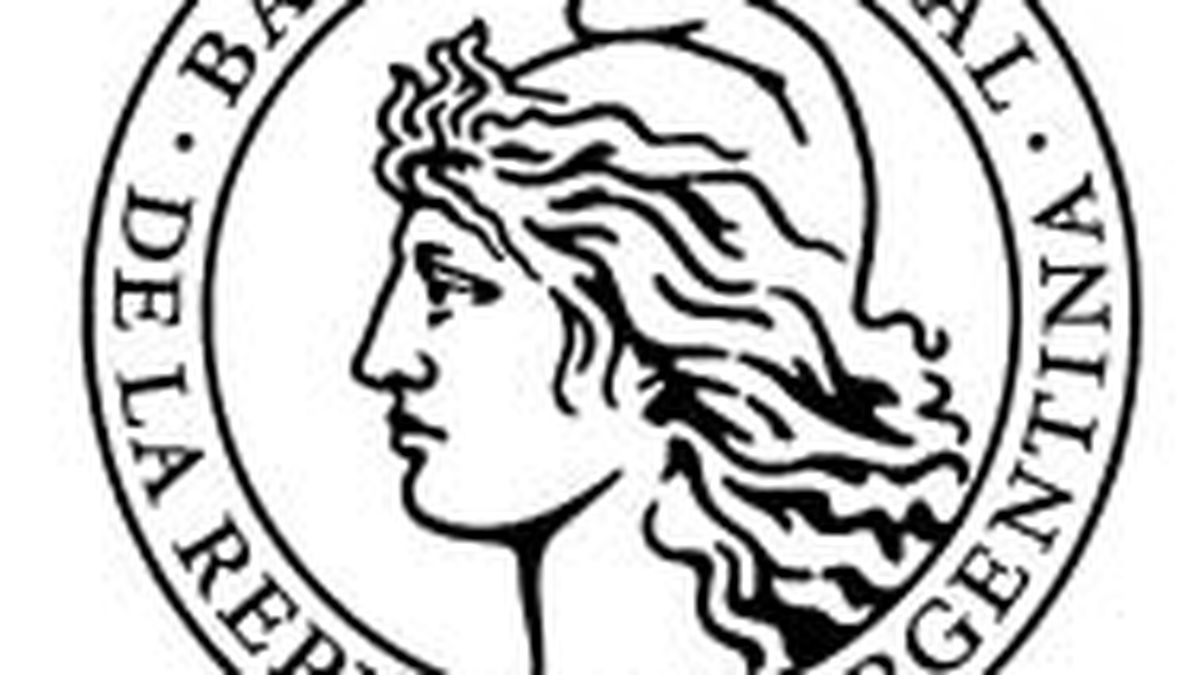Look
To estimate how the rate levels were in relation to projected inflation, they say in the Government, it is necessary to look at the effective rates (TEA). In the case of the rate recognized by the Treasury for the October instrument, the TEA was 90.3% and, for the Leliq, 79.8%.
According to the reading made in an official dispatch, it is the Treasury yields that remained in positive territory, while the Leliq rates were almost “tied” with the pace of the “crawling peg”. “Ideally, I should beat him,” explains an official. It is that, according to the official perspective, the peso rate must be above the rate of devaluation to decompress exchange rate pressures.
Success
Market analysts welcomed the Central Bank’s decision. Santiago López Alfaro, president and partner of Patente Valores, told this newspaper that the monetary policy rate “is not yet in positive territory”, although it was around 50 basis points below.
“I think that yesterday and today (for Wednesday and Thursday) they moved well, there is no other option but to raise the rate,” said López Alfaro, although he remarked that “the official one needs to be devalued a bit because all the emerging currencies fell against the dollar.” How many? “Minimum 20%”, estimated the analyst.
Federico Furiase, director of Anker and professor at UTDT, considered that “the BCRA rate hike is going in the right direction, as well as the rate hike that Finance validated in the tender.”
“The rate was behind the pace of the crawling of the official exchange rate and an acceleration of inflation is also expected in July, with which it was a necessary step to raise interest rates, especially to moderate exchange pressure,” he analyzed. the Economist. However, Furiase pointed out that “today you have a structural problem of reserve accumulation and financial restriction that is not resolved with the rate alone and that requires giving a specific fiscal signal with political support that allows lowering the expectation of monetary issue in the short term. term”.
dollar card
Along with all these movements, the BCRA also sought to increase the cost of financing consumption in dollars that are made with a credit card. Until now, anyone who made consumptions with a card received the consumptions pesified to the official dollar and had to pay them in one go, but there was also the alternative of paying the minimum of the card and refinancing the rest (the “revolving”) . The refinancing rate of credit card balances today is regulated at 62% (TNA). From now on, if the total of the summary is paid, there is no cost and it is paid to the card dollar (official + 30% country + 45% earnings). But if the minimum is paid and the rest is financed, up to 200 dollars a TNA of 62% must be paid and above 200 dollars, 80%.
Source: Ambito
David William is a talented author who has made a name for himself in the world of writing. He is a professional author who writes on a wide range of topics, from general interest to opinion news. David is currently working as a writer at 24 hours worlds where he brings his unique perspective and in-depth research to his articles, making them both informative and engaging.




